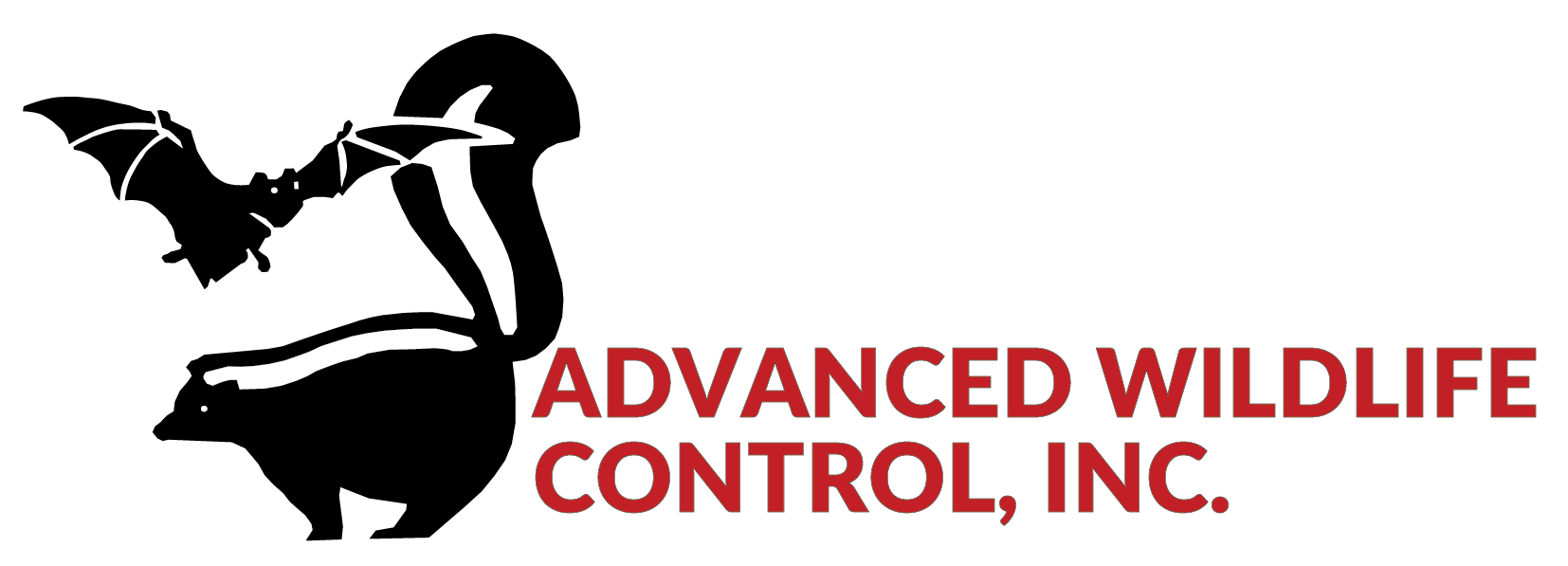The calls are coming in for Bat removal services. The calls for Bats in the attic, scratching noises in the walls, Bats in outbuildings. Bat activity is on the rise…. WHY????
As we approach June and into July, you may start to see more activity as baby bats called “pups” make their debute. The need to feed their young, creates the need for adult (bat parents) to move around a bit more. Bat pups are tiny when born, but grow up fast. Bat Pups become self-supporting in just a month, but for that month, parents are quite active in helping that baby bat and bat maturity is reached in 6 to 9 months for females and a year for males.
Some species are flying and hunting on their own within a month of birth and adding to the family that has found a home in yours.
How to tell if you are sharing your space with bats? Other than the obvious sighting, you can look in your attic for roosts in the small cracks of attic walls. Roosts are often found between the rafters or tucked into the spaces between rafters and roofing material, then it’s time to call in the professionals.
Bats will most likely retreat rather than engage with you, but proceed with caution anyway, even if you don’t see evidence of a colony, as wild animals can be unpredictable. Listen for squeaking or scurrying sounds, and look for bat droppings (guano). While mouse droppings and bat droppings are similar in appearance – black, dry and about the size of a grain of rice – bat droppings, for the most part, will be concentrated only in the areas under the roost.
Prevention – Our preferred approach to keeping bats from entering your home
Bats can enter your home through an opening as small as a quarter of an inch in width. Keeping them out requires watchfulness and the average person cannot spot entry points as the professionals’ can! Hey, it’s what we do! Try to keep them out BEFORE they move in.
Bats make their homes in brand new constructions as well as old structures. They are amazing at find ways into your home. These little mammals are like Harry Houdini!
We recommend the following steps to help assure that mother bats and their young resist roosting in your attic !
- Make sure you identify and seal all cracks in the home’s exterior using caulk, weather stripping or a wire screen as needed including windows
- Hire a professional to cap all chimneys and air vents in and around the home and/or garage.
Be sure you do NOT seal up holes until you have removed all the bats. And remember, you HAVE to make sure all holes are addressed. These animals are used to being there now because it’s their home. If you miss a spot, they’ll find it and you may not even know they are back until it is too late.
If you suspect a bat colony in your attic –contact us! The Bat removal experts know how to deal with Bats trying to make your home theirs. Just like you get in your home typically the same way each time, so do they. BUT you have other ways in if need be and SO DO THEY!
Some other Bat terms:
Guano
Bat guano accumulates under bat colonies. This can be a problem in attics, barns and other outbuildings where equipment is stored.
When handling large amounts of guano, wear gloves and a mask to protect yourself or hire an expert. If the guano has accumulated for a while, it can grow a fungus called Histoplasma capsulatum, which causes a disease called histoplasmosis. This is a respiratory disease that also occurs in accumulated bird droppings, such as in poultry houses. You should always wear a respirator if you are cleaning up large amounts of bat guano.
Rabies and Bats
Bats can carry rabies, so it is important not to handle bats with your bare hands. Rabies is defined by DHHS as a viral illness that can affect humans and other mammals. The virus infects the central nervous system and once individuals show signs of disease, is almost always fatal. Any mammal can contract the rabies virus. Wild animals, such as bats, raccoons, skunks, bats, and foxes, account for the majority of animal rabies cases reported annually in the US. Since 1992, fox, bat, and raccoon rabies variants have been documented in New Hampshire. Since 1990, human rabies has been documented in one New Hampshire resident. This case occurred in 1996 and originated from a dog bite in Nepal.
How Rabies is Spread
The rabies virus is found in the brain, spinal cord, and saliva (spit) of an infected animal and is spread when these items touch broken skin, open wounds, or the eyes, mouth, or nose. In most cases, rabies is spread by the bite of an infected animal; however, there have been cases where contact (non-bite exposures) with the virus led to rabies infection. Special concerns arise when having contact with a bat or when finding a bat in a room or enclosed space.

